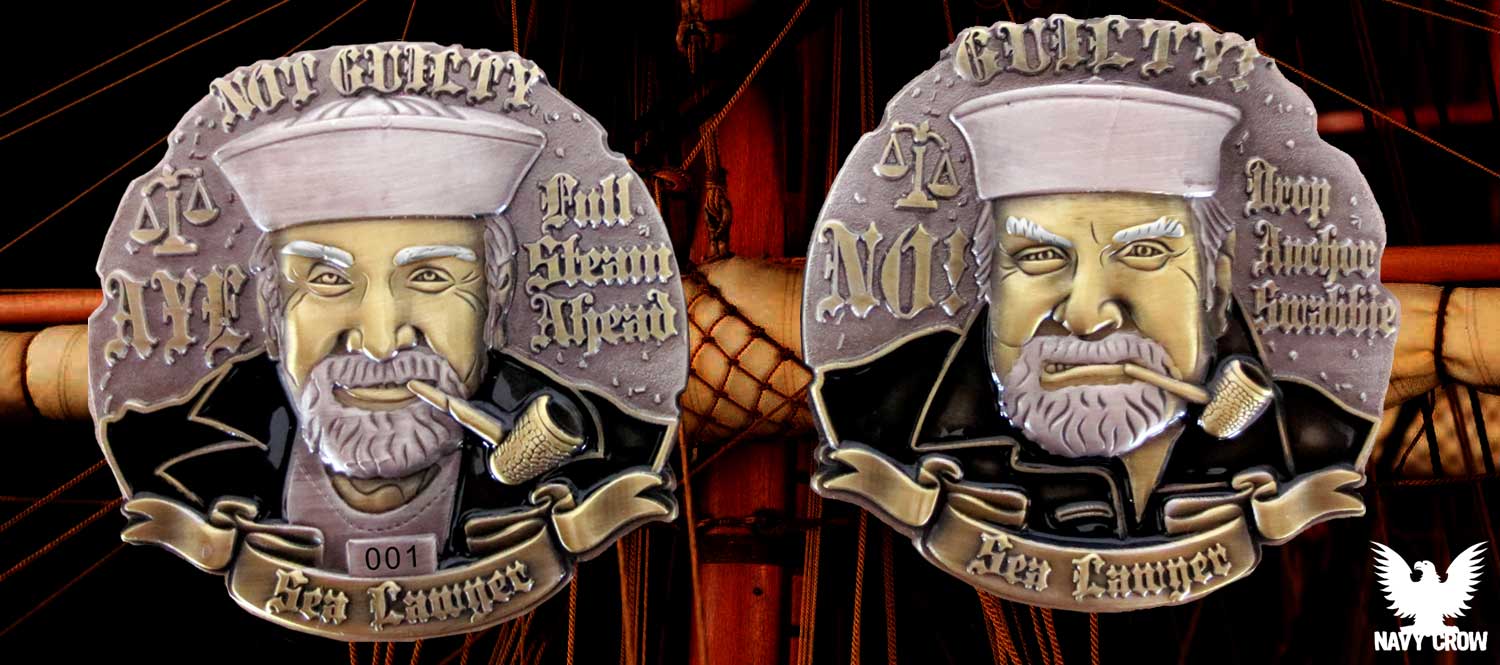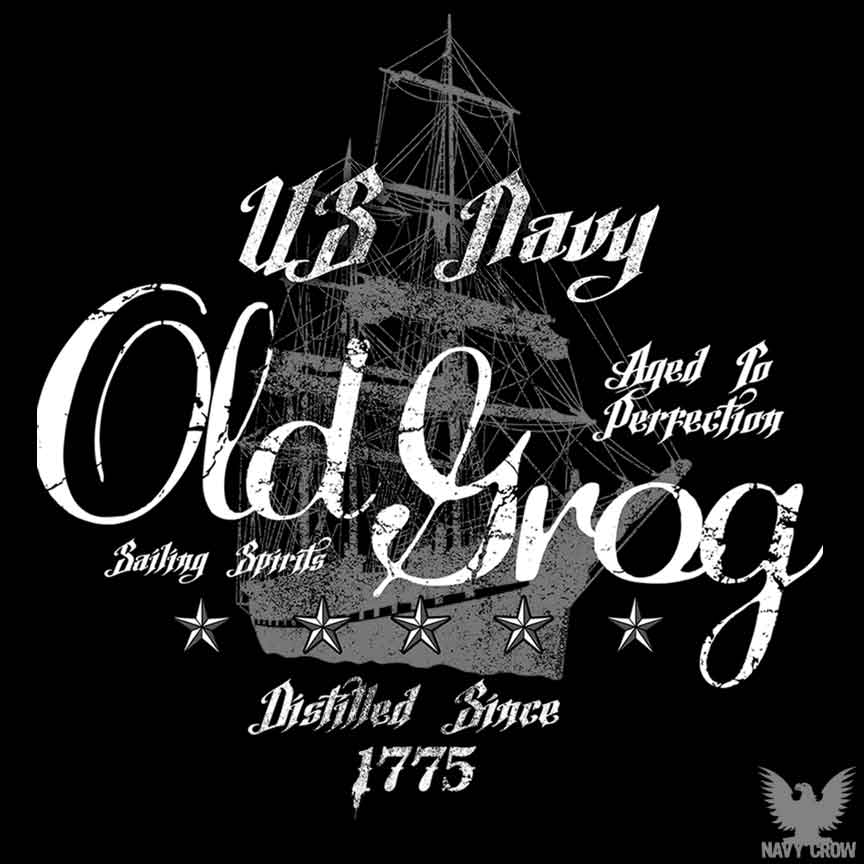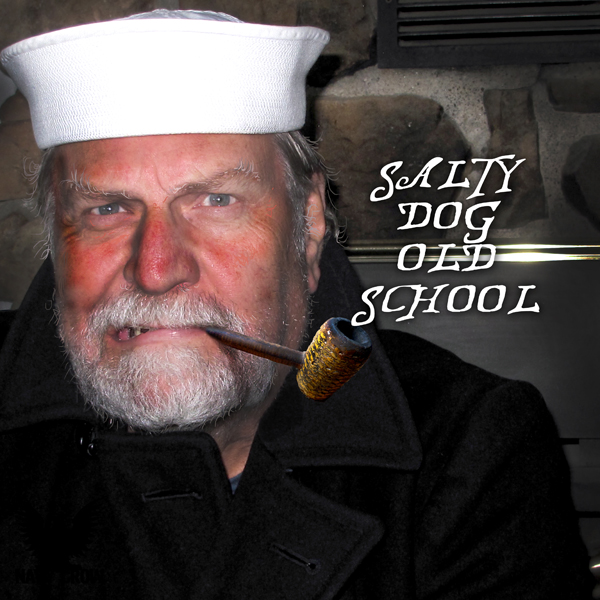Salty Dog Old School Navy Terms
Navy Sea Lawyer Coin Familiar with Salty Dog Old School Navy Terms? Been in the US Navy long? If you have you may very well have heard of the many Old Salty Navy terms that are out there. Maybe it was from a Salty Dog sea story or passing by a Navy Chief with over 20 years in but at the end of the day one has to ask themselves a few questions. Salty Dog Old School Navy Terms – What do they mean, where do they come from?
INTRODUCTIONS TO OLD SALTY NAVY TERMS
Greeting Shellbacks, Blue Noses, Mermaids, Seahorses, Pollywogs, etc it is my distinct pleasure to serve as your narrator on this journey, my name is “Snake Doctor”. The name was bestowed upon me several years ago while I was deployed to Iraq with the USMC Infantry serving as a Hospital Corpsman my rank was simply that of “Doc”, and at the time I was on a lovely little piece of mud patch called “Camp Snake Pit” so I was bestowed the radio call sign of “Snake Doctor”. Not as fancy as a medicine man, but I got a pretty sweet gig training the Iraqi Army being my own boss.
To celebrate the arrival of Navy Crow, we feel that it is only appropriate to indulge in a little Navy Parlance to help get this ship underway!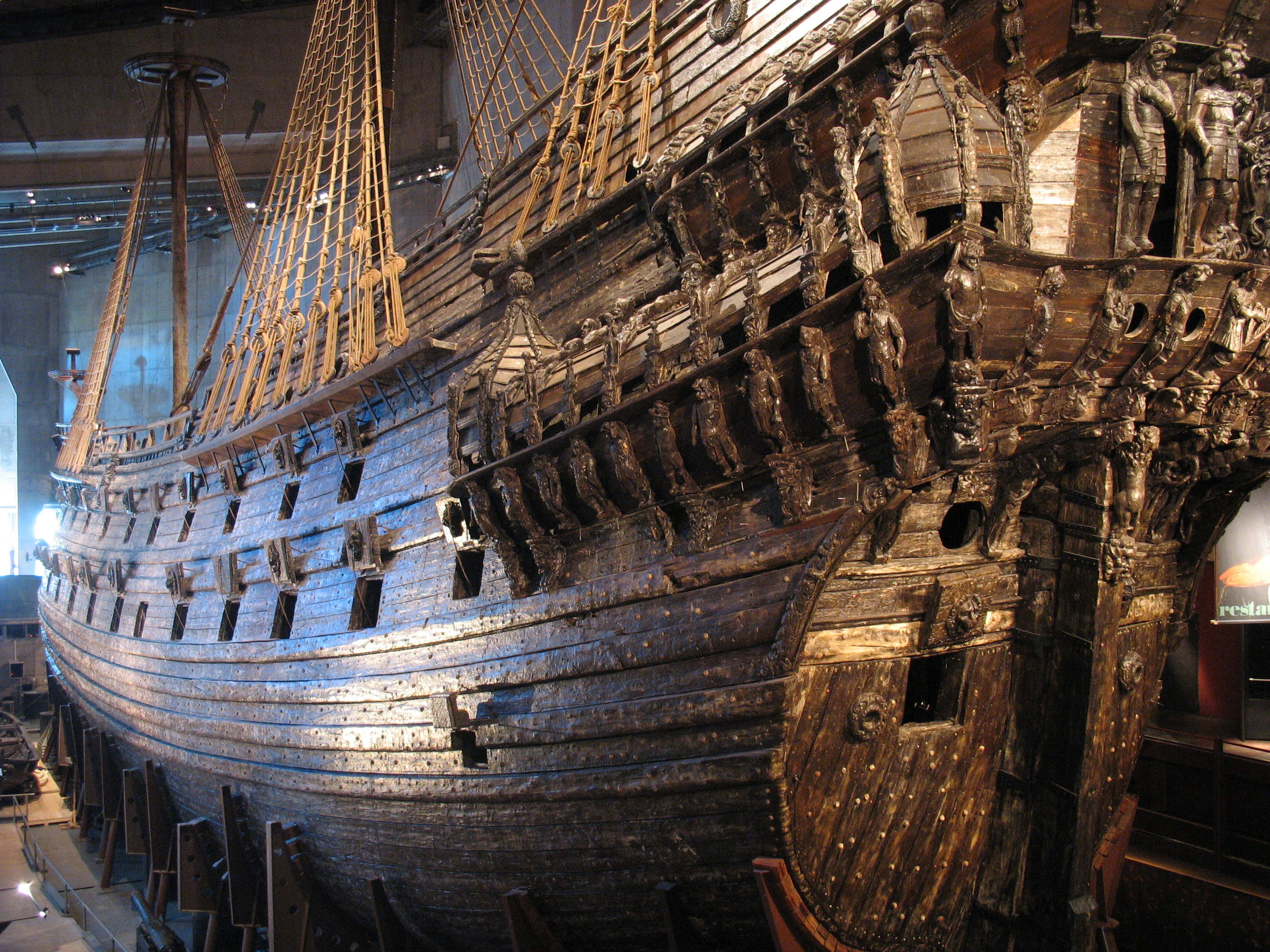
One of my personal favorites is the term “Gundecking” or to falsify official documents. Having worked on a Joint Base in the midst of Army & Air Force just watching their faces when I say this word, and the sheet look of confusion leads me often to smirk. The term is thought to have originated in the days of Old aboard the wooden sailing ships of the British Fleet, the first deck below the main deck was called the “gun deck” though it carried no guns; therefore a false statement which leads us to present day.
SAILOR’S GROG
Another classic is often used to insinuate that someone is inebriated by saying that they are “three sheets to the wind”
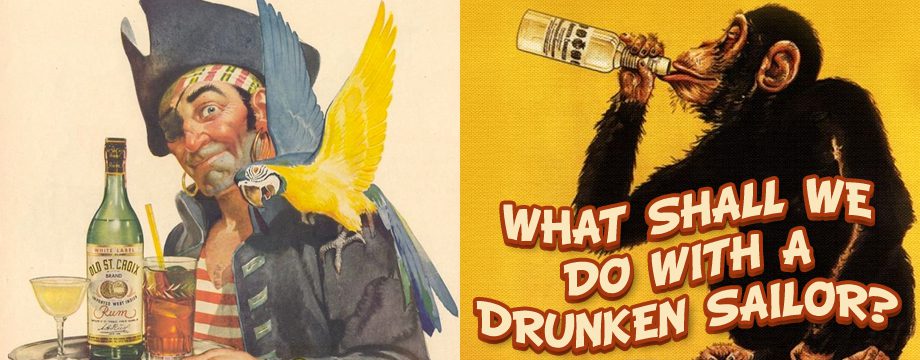
the origins of this are in reference to the lines that control the sails flapping loosely in the breeze, such as a drunken Sailor with his/her clothes hanging out looking a mess.
Ever wonder why Sailors use the color coded signal flags?
OLD SALTY DAYS
Well in the days prior to instant satellite communication and bridge to bridge radios ships would communicated via semaphore (a series of flashing lights used in morse code to send messages) and signal flags. The SM rating was folded into the QMs in 2003, prior to this the “Skivy Wavers” as they were jokingly referred to were responsible for transmitting, receiving, encoding, decoding, and distributing messages obtained via the visual transmission systems of flag semaphore, visual morse code, and flaghoist signaling.
YOUR MILITARY LEFT
Port and Starboard, think back to those first days in boot camp back at Great Lakes, San Diego, or Orlando when that first “red rope” Navy Chief came out yelling and screaming about Port Watch Section and Starboard Watch Section I don’t think many of us had a clue WTF he was saying! Hold onto your dixie cups because this term goes back to the rough and tumble “Men of the North” whom in modern times we refer to as “Vikings”. The Vikings called the side of their ship its board, and they placed the steering oar, the “star” on the right side of the ship, hence the term “star board.” When the ships would dock they would always pull the left side up to the pier. This was known as the loading side or “lar board”. Eventually it was decided that it was too difficult to discern between larboard and starboard and larboard was changed to “port”.
-Salty Dog Old School




